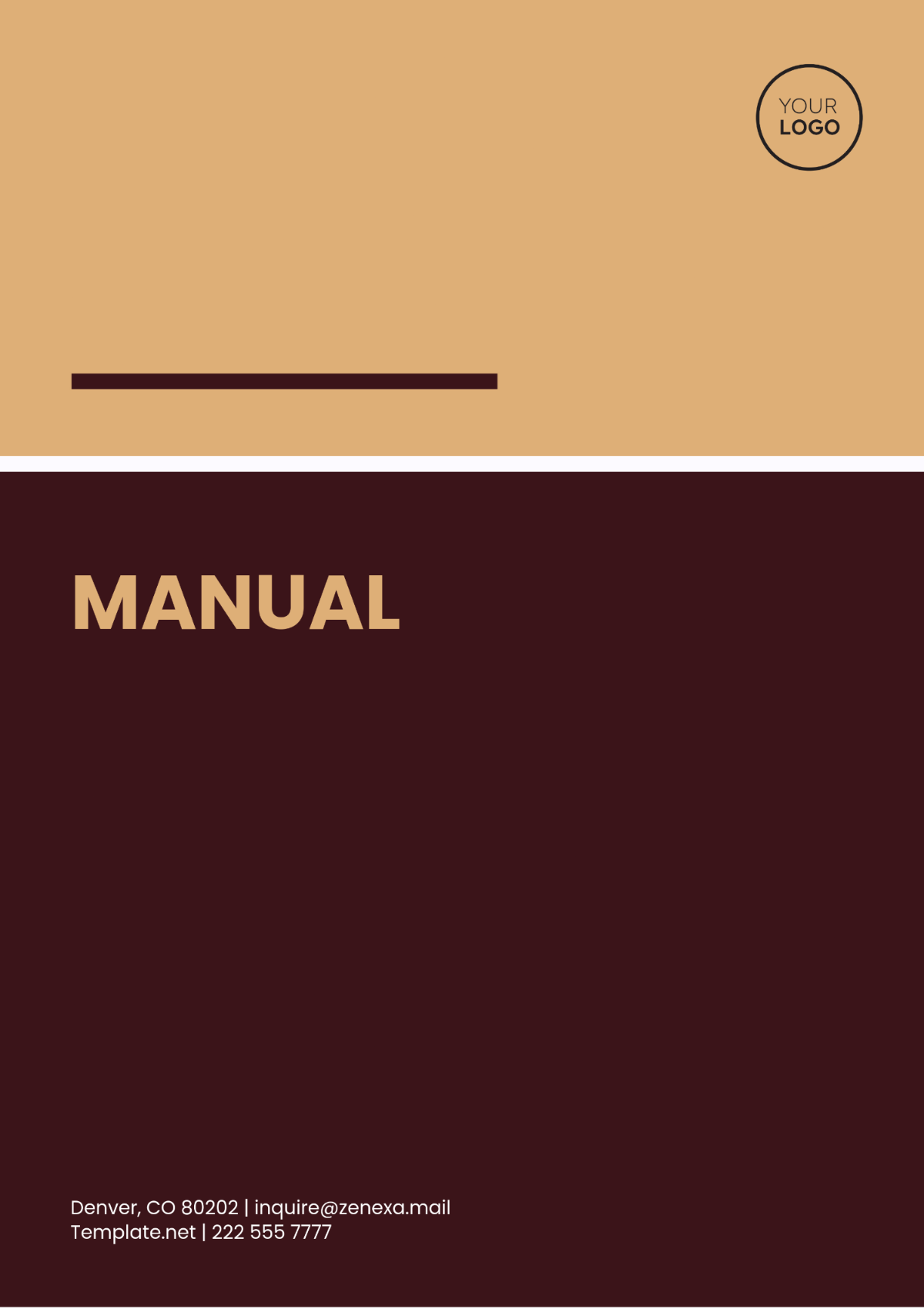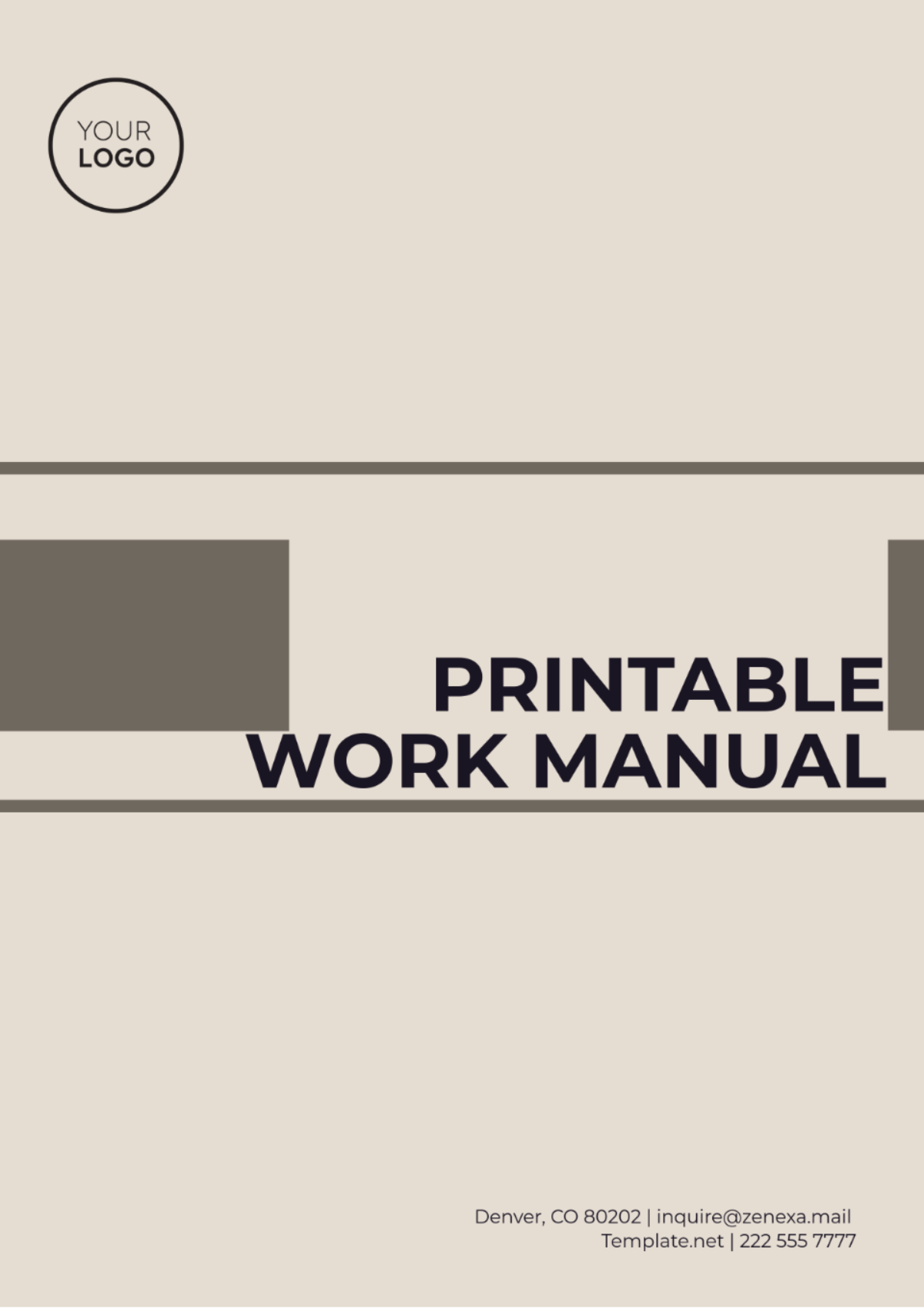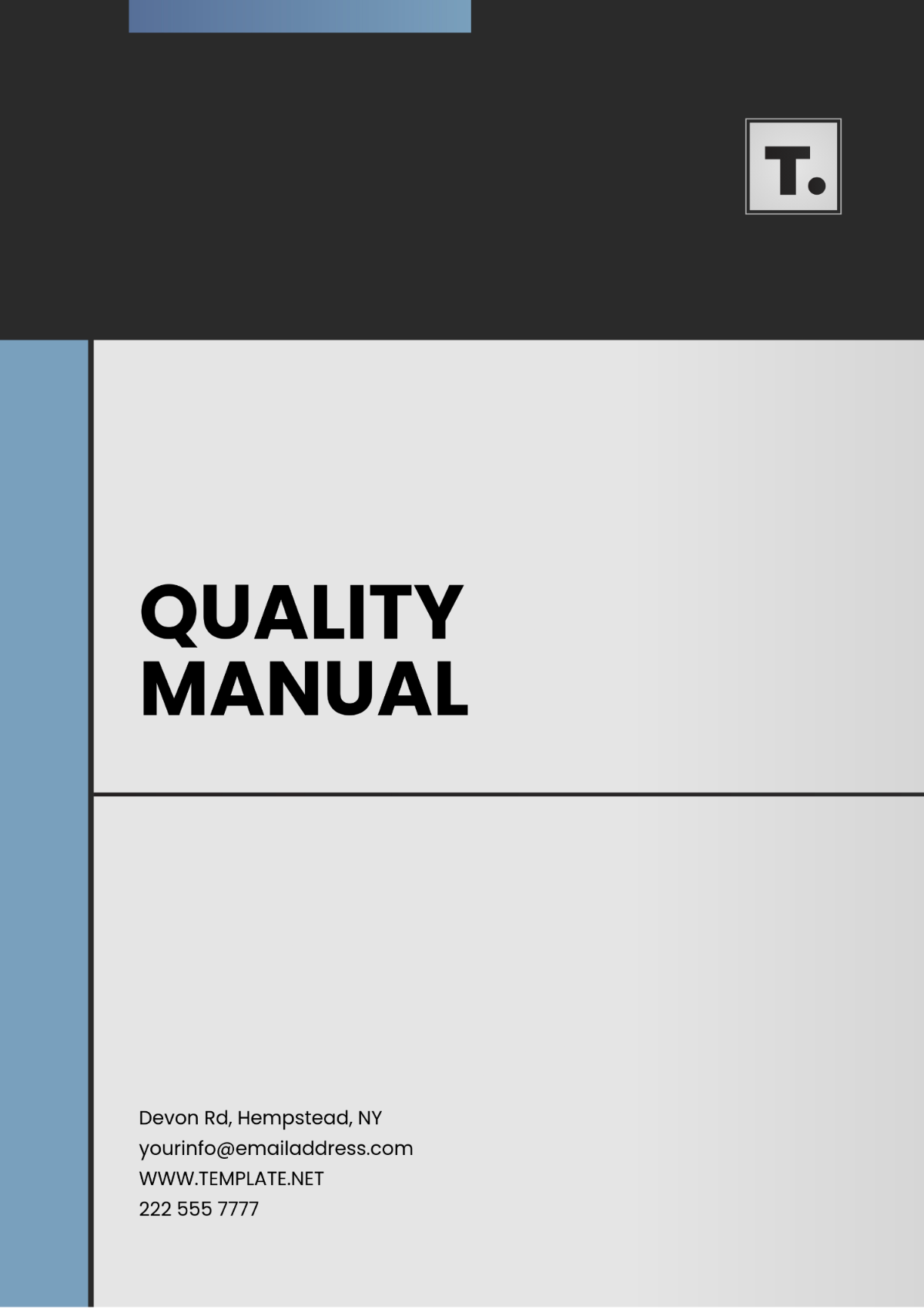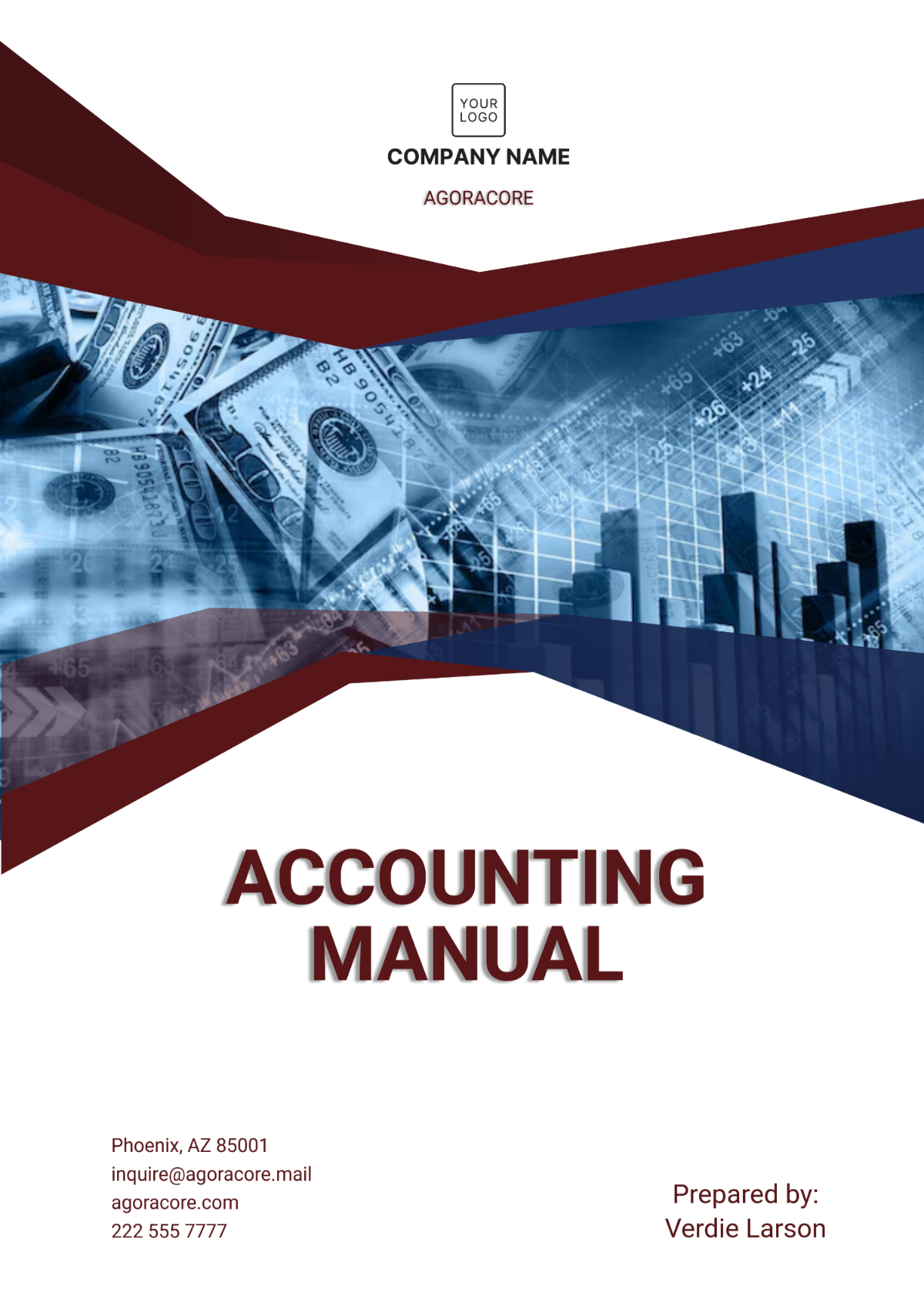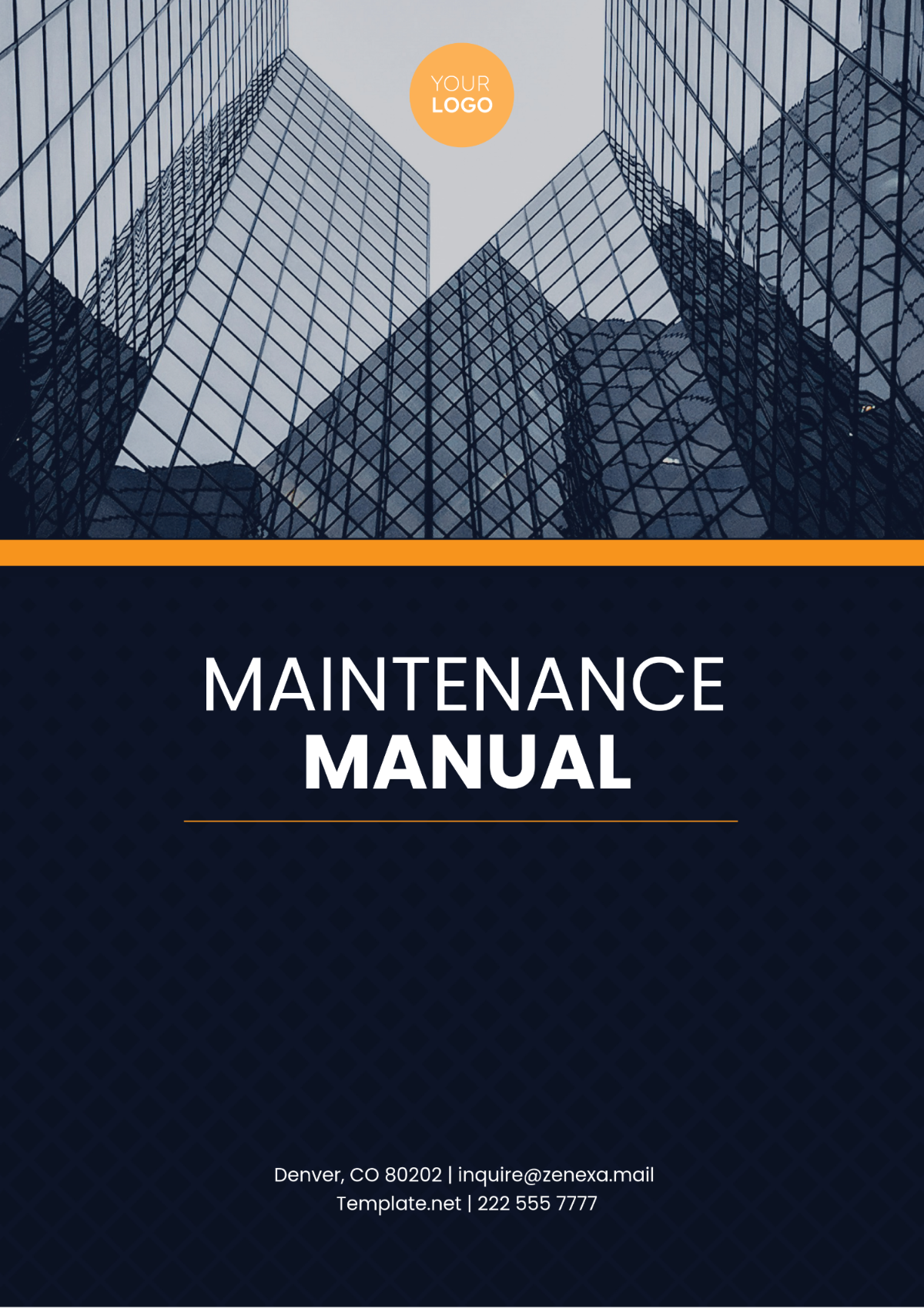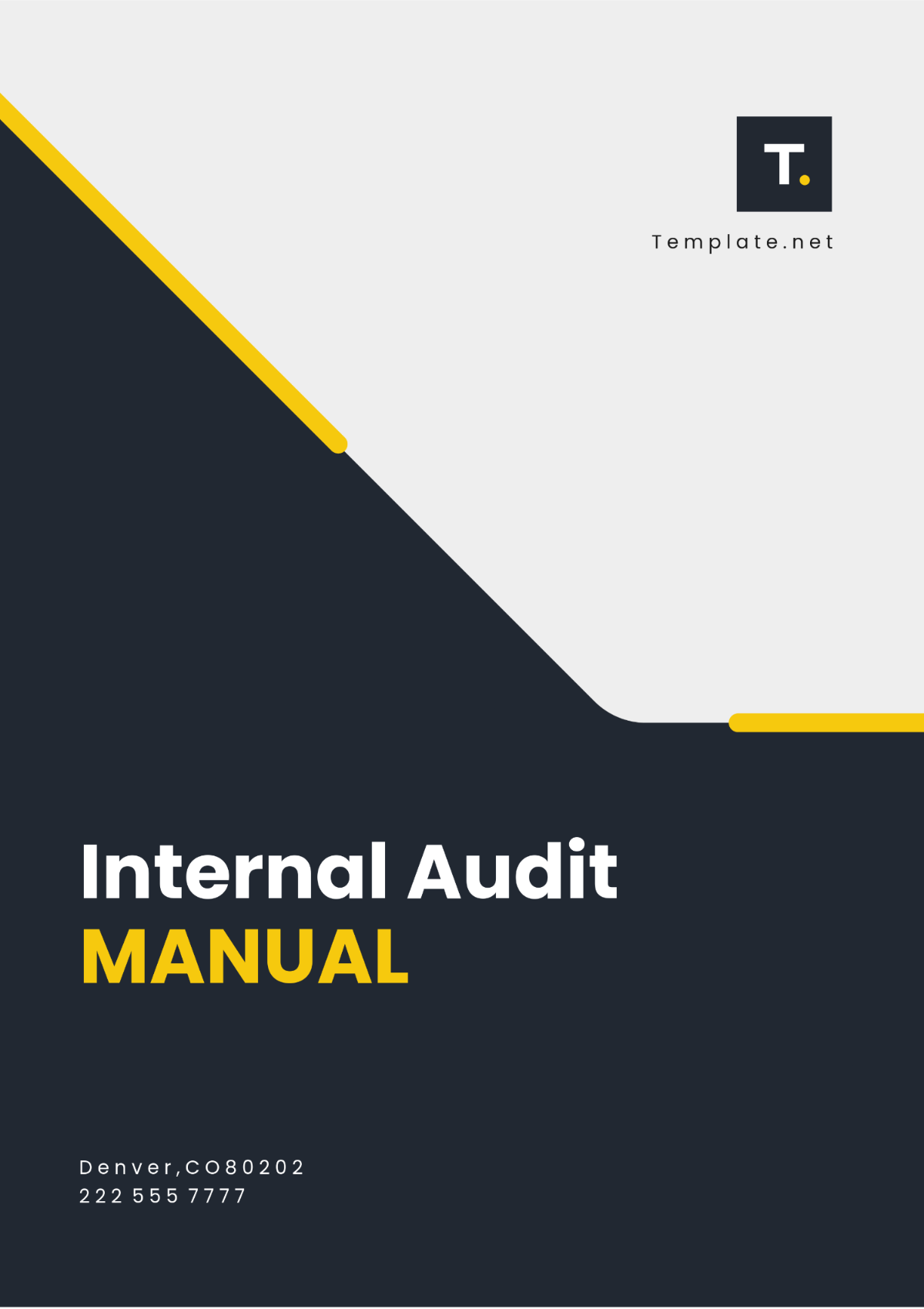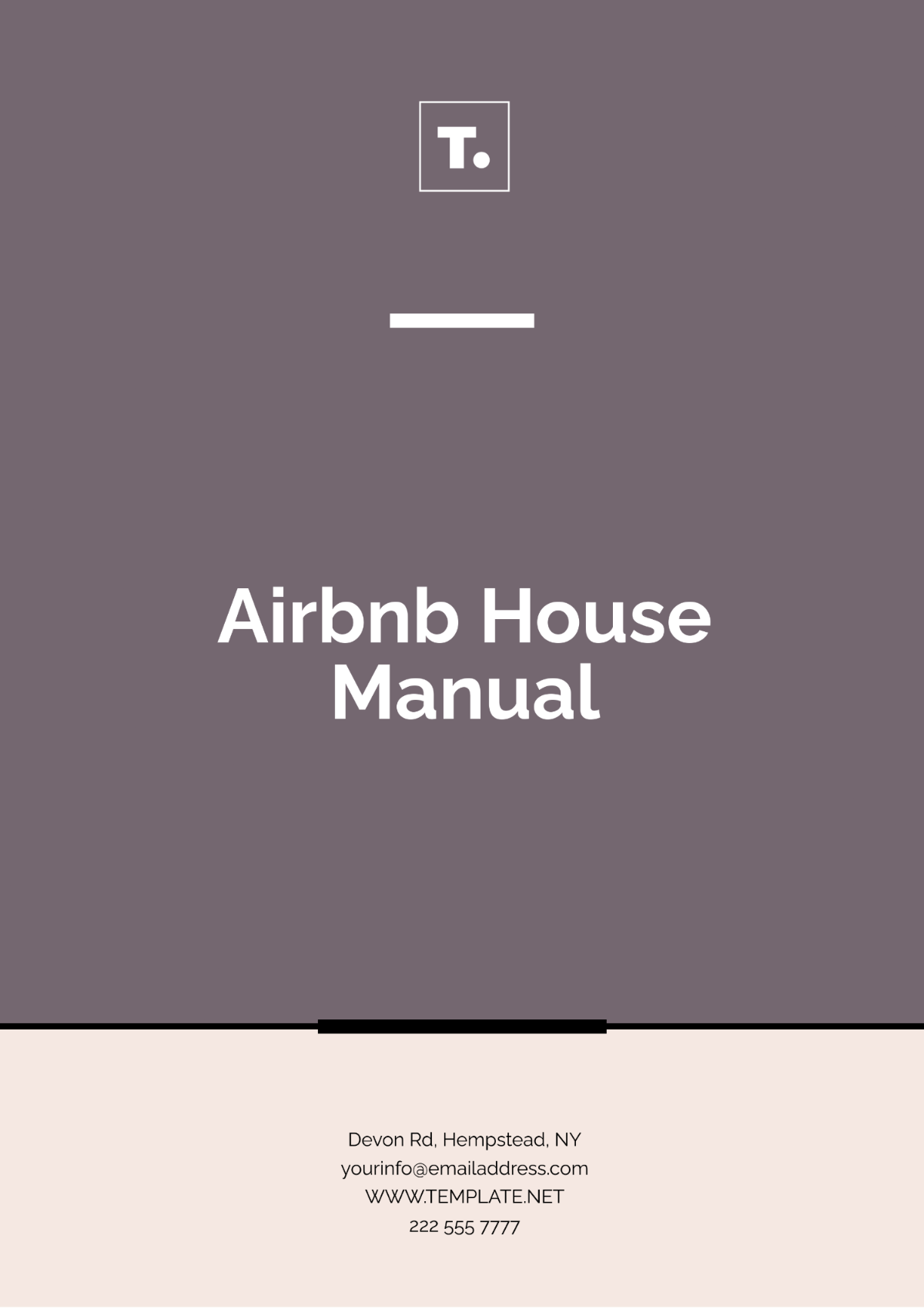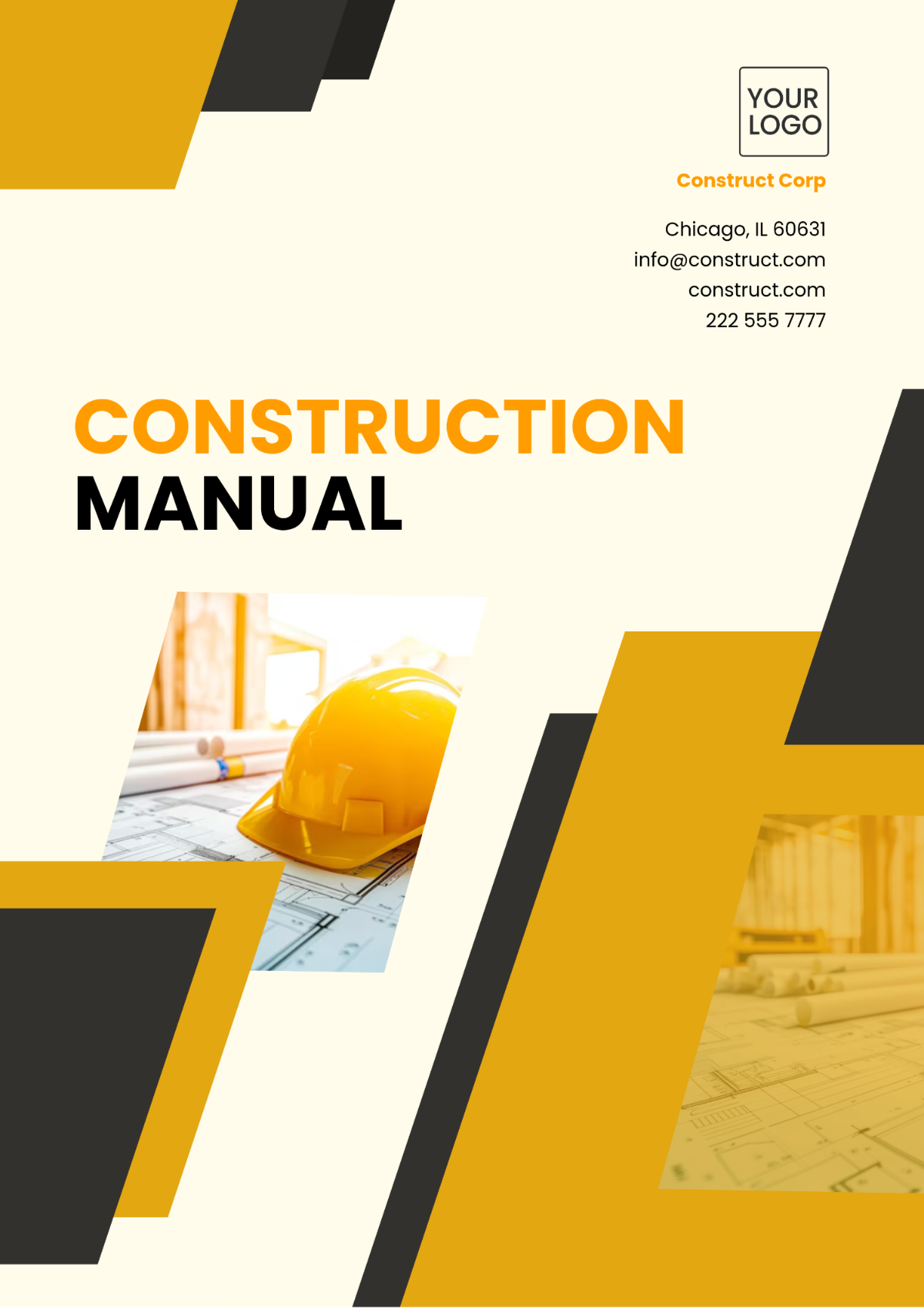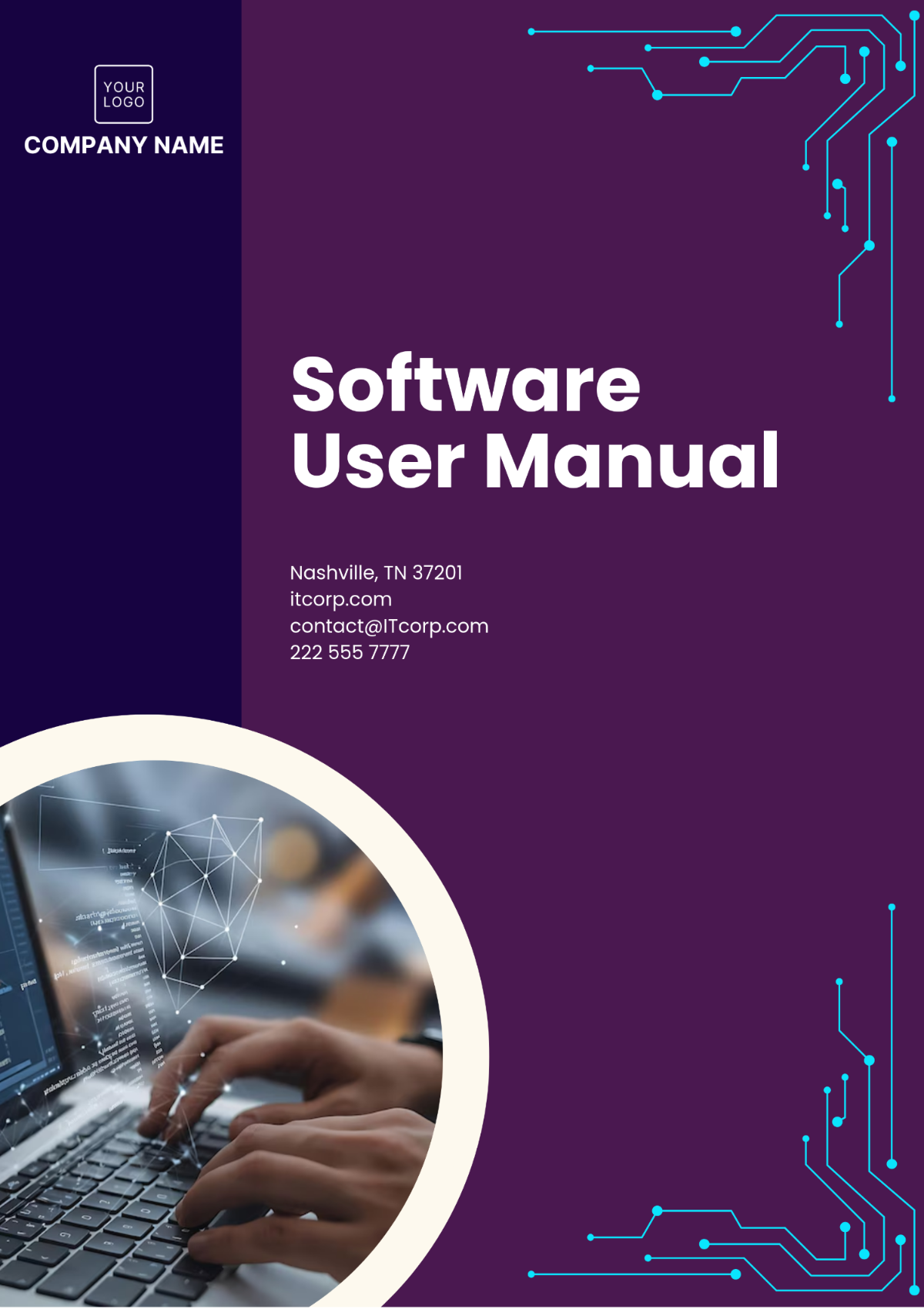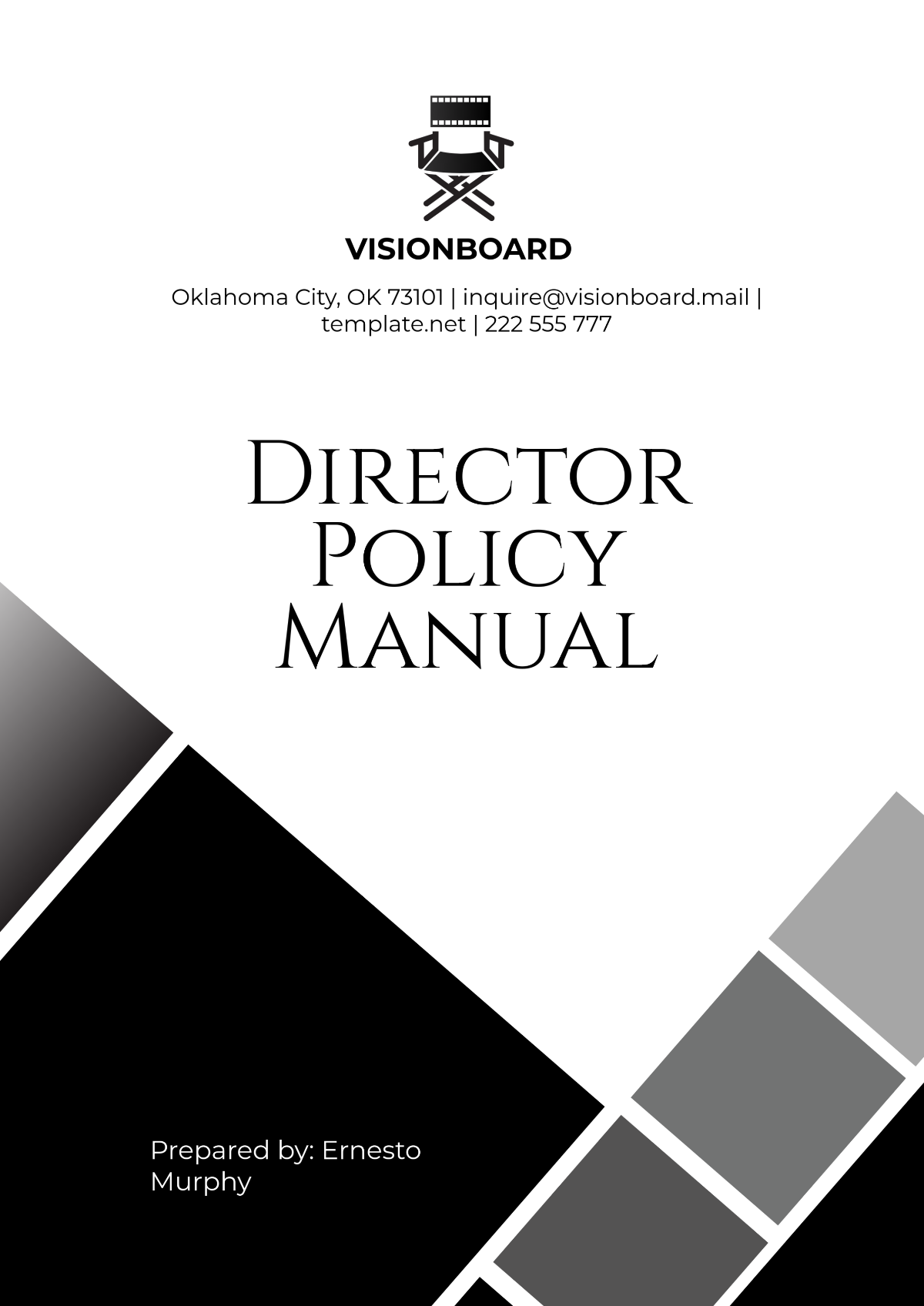Free Training Manual Guide Template
Training Manual Guide
I. Introduction
Welcome to [YOUR COMPANY NAME]'s comprehensive Training Manual Guide, designed to provide corporate training professionals with the essential tools and knowledge needed to create and deliver impactful employee development programs. This guide aims to empower trainers with the resources necessary to develop and deliver effective training programs tailored to the unique needs of their corporate teams and individual learners.
Within these pages, you will find a systematic approach to training program design, delivery, and evaluation, ensuring that your training initiatives are not only informative but also engaging and impactful. Whether you're a seasoned trainer or just starting out, this guide will equip you with the foundational principles and practical strategies to drive positive outcomes for both learners and organizations.
II. Understanding Training Objectives
A. Identifying Learning Goals
Improve communication skills among team members.
Increase proficiency in specific software tools.
Foster leadership and decision-making capabilities.
B. Analyzing Target Audience
Entry-level staff may need foundational training in workplace etiquette.
Managers may benefit from leadership coaching and conflict resolution strategies.
C. Establishing Training Scope
The scope and breadth of the training program includes topics like project management, customer service excellence, or cybersecurity best practices, and each session's duration includes 1-hour webinars, 2-day workshops).
III. Designing Training Materials
A. Curriculum Development
Create a structured curriculum plan detailing topics, such as:
Day 1: Introduction to Workplace Ethics
Day 2: Collaborative Tools Training
Week 3: Team-building Activities and Feedback Sessions
B. Content Creation
Develop engaging training materials such as PowerPoint presentations, PDF guides, workbooks, and demo videos.
C. Incorporating Interactive Elements
Add interactive components like:
Quizzes on workplace policies.
Role-play scenarios to practice handling client complaints.
Small-group breakout sessions to brainstorm solutions to hypothetical challenges.
IV. Facilitating Training Sessions
A. Delivery Techniques
Utilize effective delivery methods such as:
Hybrid learning combining in-person and virtual sessions.
Storytelling to illustrate key concepts.
Gamification for motivating participants.
B. Providing Feedback
Offer constructive feedback by:
Using real-time polling to gauge understanding.
Conducting one-on-one follow-ups after training sessions.
C. Handling Challenges
Prepare to manage issues like:
Technical failures during webinars.
Re-engaging distracted participants through interactive questioning.
V. Evaluation and Improvement
A. Assessment Methods
Evaluate progress with tools like:
Pre- and post-training surveys.
Practical exams or real-world application projects.
B. Feedback Collection
Distribute participant feedback forms to gather insights on:
Trainer performance.
Relevance and clarity of course content.
C. Continuous Improvement
Commit to ongoing program enhancements by regularly updating materials and attending professional development workshops.
VI. Resources and Support
A. Additional Resources
Provide supplementary resources, including:
Links to online learning platforms.
Printable tip sheets or how-to guides.
B. Support Services
Offer support options such as:
Email-based technical assistance.
Access to a designated mentoring coach.
C. Community Engagement
Encourage involvement in peer-to-peer forums and corporate learning networks like LinkedIn groups.
VII. Conclusion
In conclusion, the Training Manual Guide serves as a comprehensive resource for corporate trainers seeking to enhance employee skills, productivity, and engagement. By leveraging the guidelines and resources provided within this manual, trainers can deliver transformative learning experiences and foster long-term growth within their organizations.
For further assistance or inquiries, please reach out to [YOUR COMPANY NAME] at [YOUR EMAIL], or visit our website at [YOUR COMPANY WEBSITE]. Join us on social media [YOUR COMPANY SOCIAL MEDIA]. Together, let's embark on a journey of continuous learning and growth.
